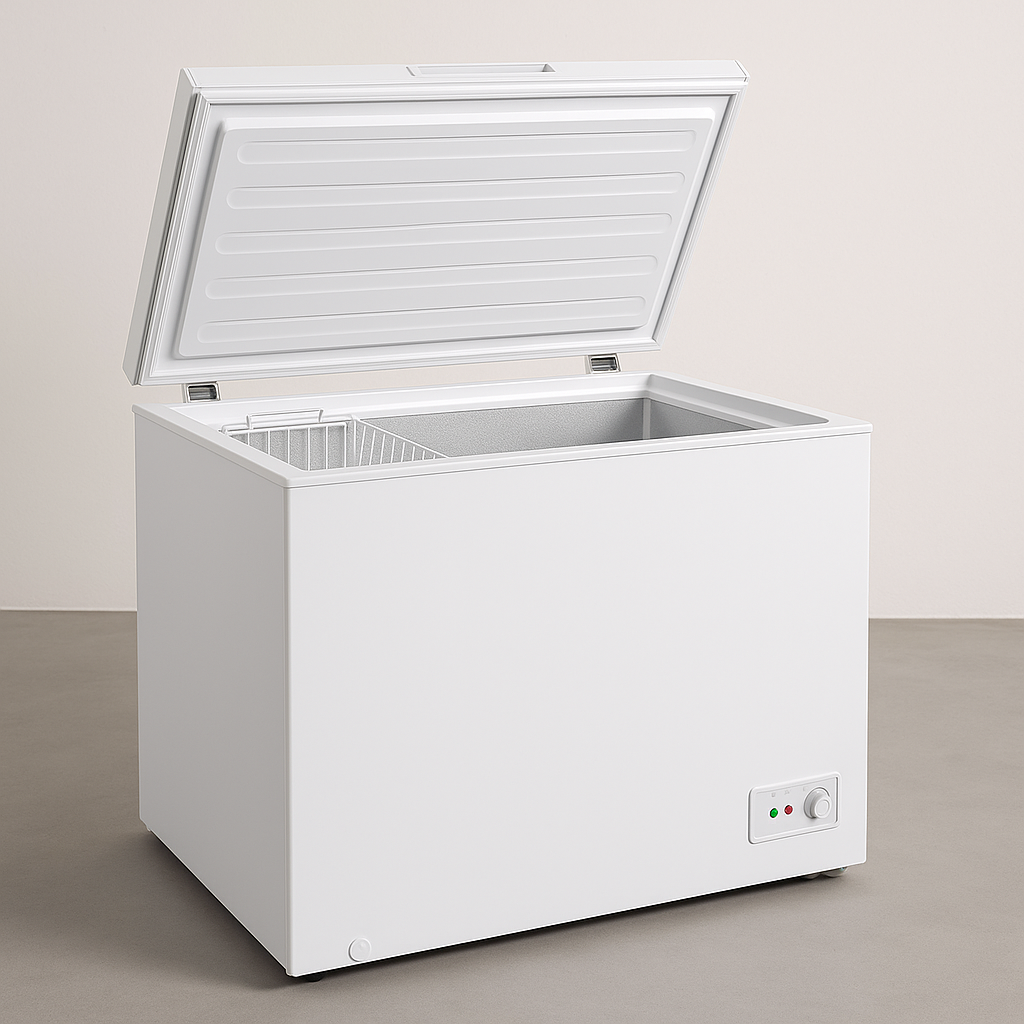The Comprehensive Guide to Energy-Efficient Chest Freezers
In an age where energy efficiency is becoming increasingly essential, chest freezers have actually emerged as a flexible and environmentally friendly option for households and services alike. Not just do they provide ample storage for frozen goods, but an energy-efficient design can also significantly lower electricity costs, make a favorable environmental impact, and improve food preservation. This article looks into the key functions of energy-efficient chest freezers, offers valuable comparisons, and answers regularly asked concerns to help you make an informed choice.
Why Choose an Energy-Efficient Chest Freezer?
Energy-efficient chest freezers are designed to lessen power usage, consequently lowering your carbon footprint and saving you money on electricity expenses. Here are some reasons to consider buying energy-efficient alternatives:
- Cost Savings: Lower energy intake indicates reduced electricity costs, resulting in considerable savings over the life-span of the appliance.
- Ecological Impact: Reducing energy usage lowers greenhouse gas emissions, making it a more responsible option for eco-conscious consumers.
- Food Preservation: The temperature level stability in chest freezers enables much better food conservation compared to less effective designs or traditional upright freezers.
- Versatility: These freezers are perfect for keeping bulk purchases, meal preparation, and seasonal food products, making them exceptional for large households or small companies.
Key Features of Energy-Efficient Chest Freezers
When searching for an energy-efficient chest freezer, think about the following features:
| Feature | Description |
|---|---|
| Energy Star Certification | Ensures that the freezer satisfies strict energy efficiency guidelines set by the U.S. Environmental Protection Agency. |
| Insulation | Premium insulation keeps cold air, enabling the freezer to keep temperature without consistent energy draw. |
| Size | Smaller models generally consume less energy; however, consider your storage requires when choosing a size. |
| Temperature Control | Adjustable thermostats permit users to set optimum storing temperature levels, helping minimize energy intake. |
| Area of the Compressor | Bottom-mounted compressors are frequently more energy-efficient than top-mounted models. |
Energy Consumption Comparison
To assist you examine energy-efficient choices, we have offered a comparison of various designs based upon their annual energy intake.
| Model Name | Volume (cu. ft.) | Annual Energy Consumption (kWh) | Estimated Annual Cost (₤) |
|---|---|---|---|
| Model A (Energy Star) | 5.0 | 200 | ₤ 24 |
| Model B (Energy Efficient) | 7.0 | 250 | ₤ 30 |
| Design C (Standard) | 5.0 | 350 | ₤ 42 |
| Model D (High Efficiency) | 10.0 | 400 | ₤ 48 |
Keep in mind: The estimated annual cost is computed based upon a typical electricity rate of ₤ 0.12 per kWh, which may differ by region.
Benefits Beyond Efficiency
In addition to energy cost savings, there are different other advantages to owning a chest freezer:
- Flexibility: Freezing large quantities of food can assist in saving money in the long run.
- Emergency Preparedness: Having a freezer loaded with food can be a lifesaver throughout emergencies or natural catastrophes.
- Convenience: These units can store bulk meats, vegetables, and pre-prepared meals, reducing the need for regular journeys to the supermarket.
Tips for Maximizing Efficiency
Here are numerous tips to consider when utilizing an energy-efficient chest freezer:
- Keep It Full: A complete freezer maintains cold much better than an empty one. Weiße Ware Günstig Kaufen or containers filled with water to fill empty area.
- Avoid Frequent Opening: Minimize the number of times you open the lid to preserve constant temperature.
- Position Wisely: Place the freezer in a cool place away from heat sources like ovens or direct sunlight to enhance efficiency.
- Regular Maintenance: Clean the coils and examine door seals periodically to guarantee ideal functioning.
- Display Temperature: Keep a thermometer inside to ensure the temperature level is consistently at or below 0 ° F(-18 ° C)
. Frequently Asked Questions (FAQs)
What size chest freezer do I require?
The size of the freezer will largely depend on your household needs. A basic standard is that you ought to assign 1 cubic foot of area per individual in your household. For circumstances, a household of 4 may require a freezer with a capability of at least 5-8 cubic feet.
How can I inform if my freezer is energy-efficient?
Search for the Energy Star label, which suggests that the home appliance meets or goes beyond energy efficiency requirements. In addition, check the spec sheet for the annual energy usage in kWh.
Are bigger chest freezers more energy-efficient?
Not always. While bigger freezers can offer more storage, energy consumption depends upon numerous factors, such as insulation quality and design. A well-insulated smaller sized design may be more effective than a bigger, poorly insulated design.
The length of time can food last in a chest freezer?
Foods kept in a chest freezer can last from a number of months to a year, depending upon the type of food. For best quality, freeze meats, vegetables, and prepared meals for approximately 6-12 months, while baked goods can last for about 3-6 months.
Is it much better to buy a brand-new chest freezer or an older design?
More recent designs are typically more energy-efficient due to improvements in innovation and design. While older models might have a lower in advance expense, they could cause greater electricity costs gradually.
Investing in an energy-efficient chest freezer provides various benefits, from expense savings to much better food storage. By comprehending the essential features, comparing designs based upon energy usage, and following best practices for upkeep and usage, customers can make educated choices that benefit both their wallets and the environment. Before buying, consider your specific needs and requirements, and keep in mind to look for those all-important energy efficiency labels.

